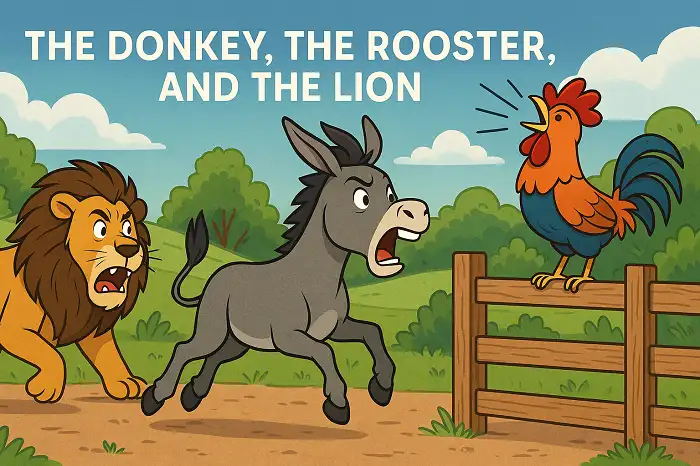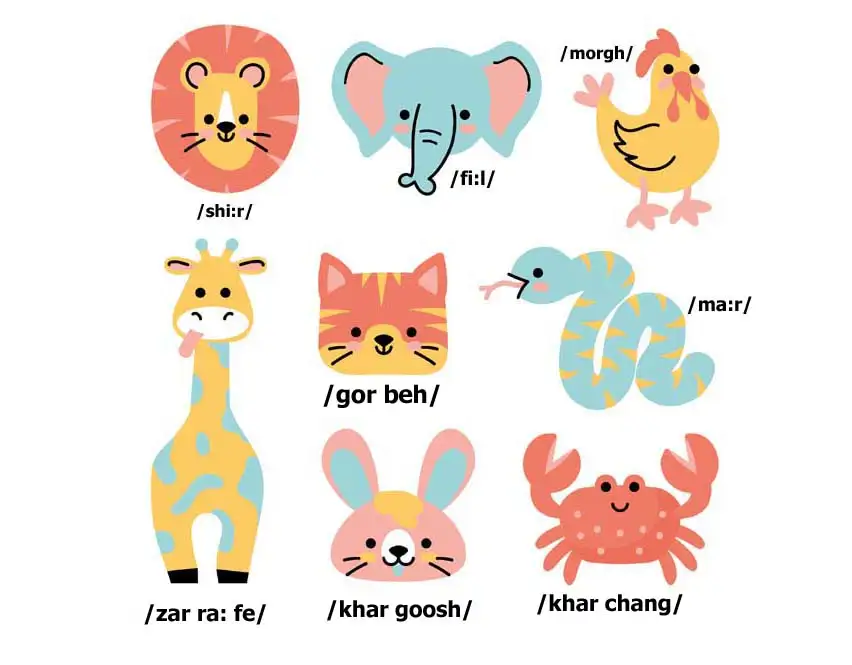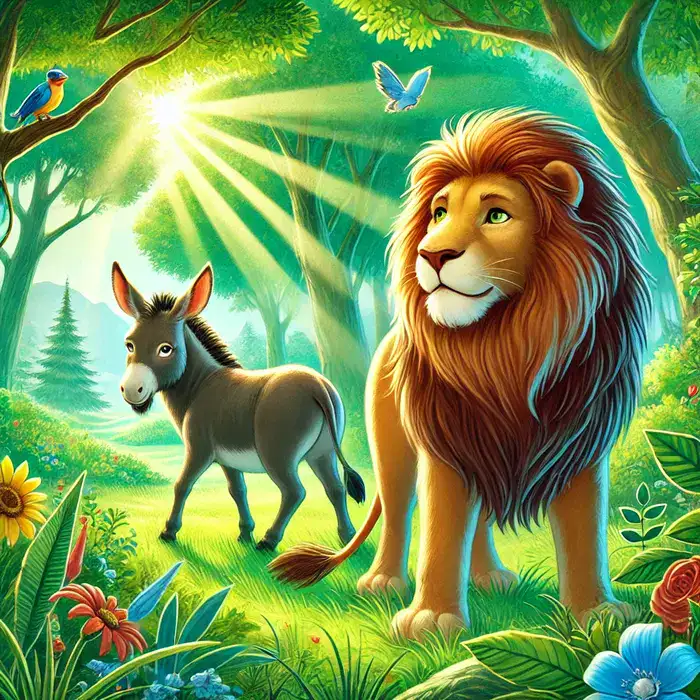English Documentary on Tigers with Transcript for IELTS & TOEFL candidates to practice listening and vocabulary with a podcast and illustrated flashcards Source of documentary: National Geographic YouTube Channel https://www.youtube.com/watch?v=FK3dav4bA4s Tiger subspecies With their signature orange fur and black stripes, tigers have become icons of beauty, power and the importance of conservation. Tigers have evolved into six subspecies. The tiger’s tail of evolution can be traced back to about two million years ago, when the earliest known tiger ancestor left Africa and ventured into Asia. Over time the big cat split into nine subspecies, with six still alive today. The most numerous ...
Home » English Documentaries with Transcript » English Documentary on Tigers with Transcript

English Documentary on Tigers with Transcript
Updated: by Elika Gharavi
Time to Read: 3 minutes | 451 Views | 6 Comments on English Documentary on Tigers with Transcript



Is there anything more interesting, beautiful and at the same time more complicated than universe, nature and the rules governing them. How a beautiful eye-capturing animal like tiger steped his feet on the earth and has evolved through millions of years and reached to such level of complexity and beauty that has shadowed by mistry. And is there anything more sad than the fact that this icon of beauty and power exhibiting such amazing far fetching level of beauty and complexity has nearly exterminated by the selfishness, extravagance, unsatiable ambition and ignorance of we human beings.
Feedback
* universe = the universe
* eye-capturing = eye-catching
* steped = stepped
* Reach (verb) does not collocate with ‘to’ as a preposition.
* that has been shadowed by mystery.
* has nearly been exterminated (passive voice)
* more sad = sadder
It was so interesting! I didn’t have these information about tigers. Actually I thought lions are the biggest cats. It is so cute watching them swim because my cats even hate touching them with wet hands! I get sad everytime I watch National Geographic and in the end it says that these animals are endangered.
Feedback
* these information = this information
* my cats even hate being touched … (passive voice)
Tiger subspecies
With their signature orange fur and black stripes, tigers have become icons of beauty, power and the importance of conservation. Tigers have evolved into six subspecies. The tiger’s tail of evolution can be traced back to about two million years ago, when the earliest known tiger ancestor left Africa and ventured into Asia. Over time the big cat split into nine subspecies, with six still alive today. The most numerous subspecies is the Bengal tiger, accounting for approximately 50% of the tiger population worldwide.
Heavy cats
Tigers are the world’s largest cats. On average the big cats weight about 450 pounds but the largest is the Siberian tiger subspecies, measuring up to 13 feet long and weighing up to 660 pounds. This extra weight is primarily because of large powerful muscles. Unlike lions, the second largest of the of the big cats, tigers have more muscle mass and are therefore heavier.
Who says cats can’t swim?
Tigers have webbed toes. Often living near bodies of water, tigers have adapted for a semi-aquatic lifestyle. They appear to enjoy being in the water, unlike most cats, and are excellent swimmers using their powerful muscles to propel their bodies in the water. They’ve also evolved to have webbing between their toes. The webbing allows the big cats to push around a greater volume of water, with each stroke of their paws.
White tigers
White tigers are a type of Bengal tiger. The classic black and orange coloration of most tigers is caused by the pigments eumelanin which turns fur black, and pheomelanin which turn fur orange. The production of pheomelanin is triggered by the gene SLC45A2. White tigers carry a mutated version of this gene, which prevents them from producing orange pigmentation.
Threats to the tiger population
Fewer than 4,000 tigers remain in the wild. At the turn of the 20th century, approximately 100,000 tigers roamed the wild, living as far west as Turkey and as far north as Russia. But due to deforestation, human development and poaching, their range severely decreased and within 100 years, the world’s tiger population declined by about 96%. Over the past few decades, programs have been put into place to protect tigers and their habitats. With the help of the global community, tiger populations may slowly rebound.
Excellent job! Thank you so much.
Just two typos:
1. Second paragraph, line 1: big cats weight –> weigh
2. Second paragraph, almost at the end: repetition of “of the”
The typos were edited and corrected in the body of the post.